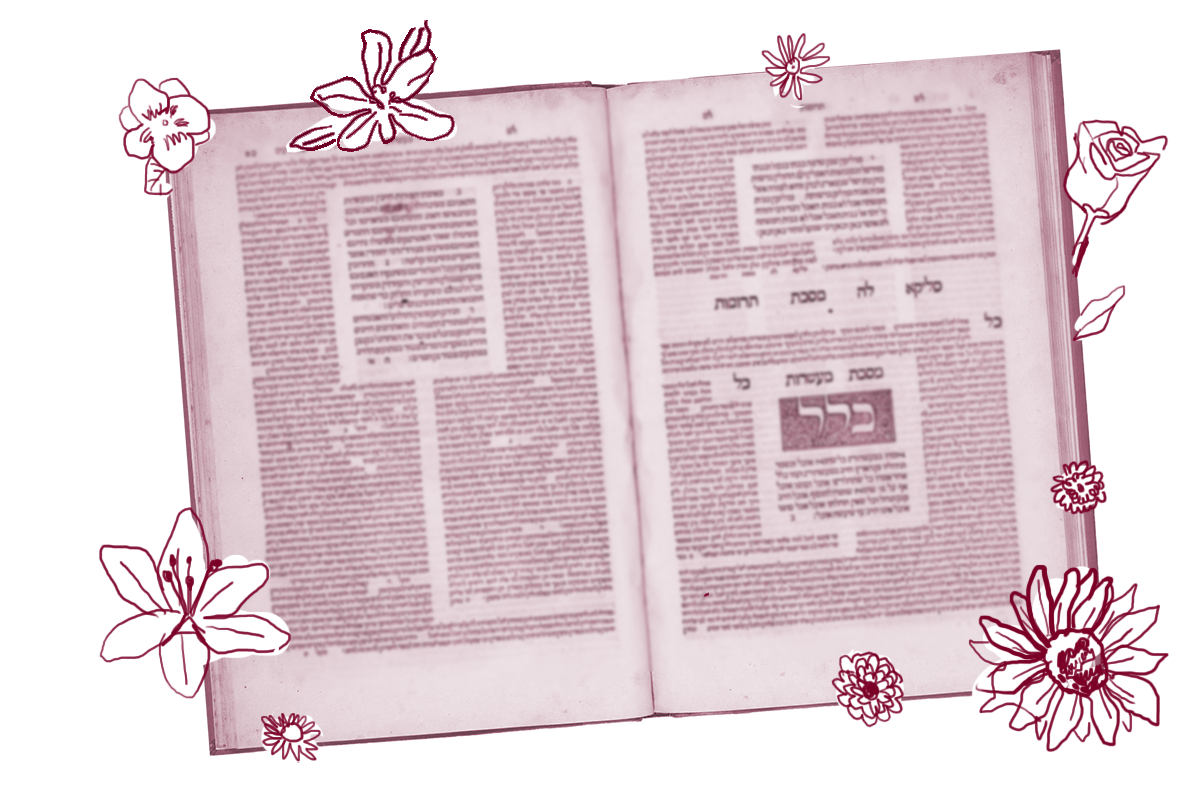Building on a mishnah we encountered a few days ago, the mishnah at the top of today’s daf lists additional forms of idolatry for which one is stoned to death. The focus here is on those who illicitly communicate with the dead, the ov (necromancer) and the yidoni (sorcerer):
A necromancer is a conjurer who speaks from his armpit. And a sorcerer is one who speaks from his mouth. Both are executed by stoning and one who inquires through them is in violation of a prohibition.
The Torah frequently mentions both the necromancer and sorcerer together as nearly synonymous, both of them engaged in the dark art of divining the future by communicating with the dead. The mishnah, and then the Gemara, seeks to clarify the distinction between the two. In an image simultaneously comical and creepy, we learn that a necromancer summons the dead with a voice that emerges from his armpit; the Gemara goes on to clarify that the necromancer is somehow clapping their arms together to produce this voice. The sorcerer, by contrast, speaks in the usual manner. Those performing these forbidden acts are liable for stoning, but those who consult with them are not, because they have not done the primary idolatrous act. Still, just by consulting, clients have violated a negative commandment.
A beraita later on the daf slightly amends the descriptions of these two speakers of the dead:
A necromancer is one who causes the voice of the dead to be heard speaking from between his joints or from his armpit. A sorcerer is one who places a bone of an animal called a yadua in his mouth, and the bone speaks on its own.
In this description, the primary distinction is not how the magician conjures the dead, but how the voice of the dead subsequently manifests. The necromancer, according to this beraita, hosts the voice of the dead from one of their joints, while the sorcerer summons the unearthly voice from a bone lodged in their own mouth. The Gemara challenges these descriptions:
“And your voice shall be as a ghost out of the ground.” (Isaiah 29:4) What, does the dead person not speak from the grave on his own? No, this is not so, as the dead person rises by sorcery and sits between the joints of the necromancer and speaks.
In this verse from Isaiah, the word ov refers to the spirit, not its conjurer. Isaiah describes a disembodied ghostly voice rising from the grave and speaking of its own accord. But the Gemara clarifies that this is only the first step: The dead person rises and then comes to rest between the necromancer’s joints, which is why their voice issues from that place.
In any discussion of necromancy, it’s natural to think of the most famous case in the Hebrew Bible: When King Saul asks the Witch of Endor to summon the spirit of the dead prophet Samuel so the latter can advise him on how to defeat the Philistines. The Gemara, unsurprisingly, sites this incident as further support for its challenge:
Come and hear a proof: “And the woman said to Saul, I see a godlike being coming up out of the earth.” (I Samuel 28:13) What, does the verse not mean to say that the dead person spoke on his own? No, this is not so, as the dead person sits between the joints of the necromancer and speaks.
In 1 Samuel, it seems that all the witch does is cause Samuel’s ghost to rise from the grave, and then the ghost speaks of its own accord. There is no clear suggestion that she either hosted the ghost on her person or spoke for it. But the Gemara once again pushes back firmly, insisting that the dead person rises, only to settle on the necromancer, from whom they speak.
What are we to make of this discussion? Why would the rabbis insist the ghost must settle on the necromancer? Perhaps they have an inherited tradition that this is how necromancy is accomplished. Perhaps, too, the rabbis’ description is motivated by a desire to ascribe to these sorcerers a concrete action for which they can be clearly liable, rather than the more intangible magic that merely summons the dead. Whatever the reason, it’s worth noting one fascinating thing about both the Torah and the rabbis’ discussion of necromancy: they declare it forbidden, but they believe it works. It’s not that these actions are mere falsehood; rather, seemingly there are those who can commune with the dead, and such communion is simply forbidden to us.
Read all of Sanhedrin 65 on Sefaria.
This piece originally appeared in a My Jewish Learning Daf Yomi email newsletter sent on February 20, 2025. If you are interested in receiving the newsletter, sign up here.
With your help, My Jewish Learning can provide endless opportunities for learning, connection and discovery.



